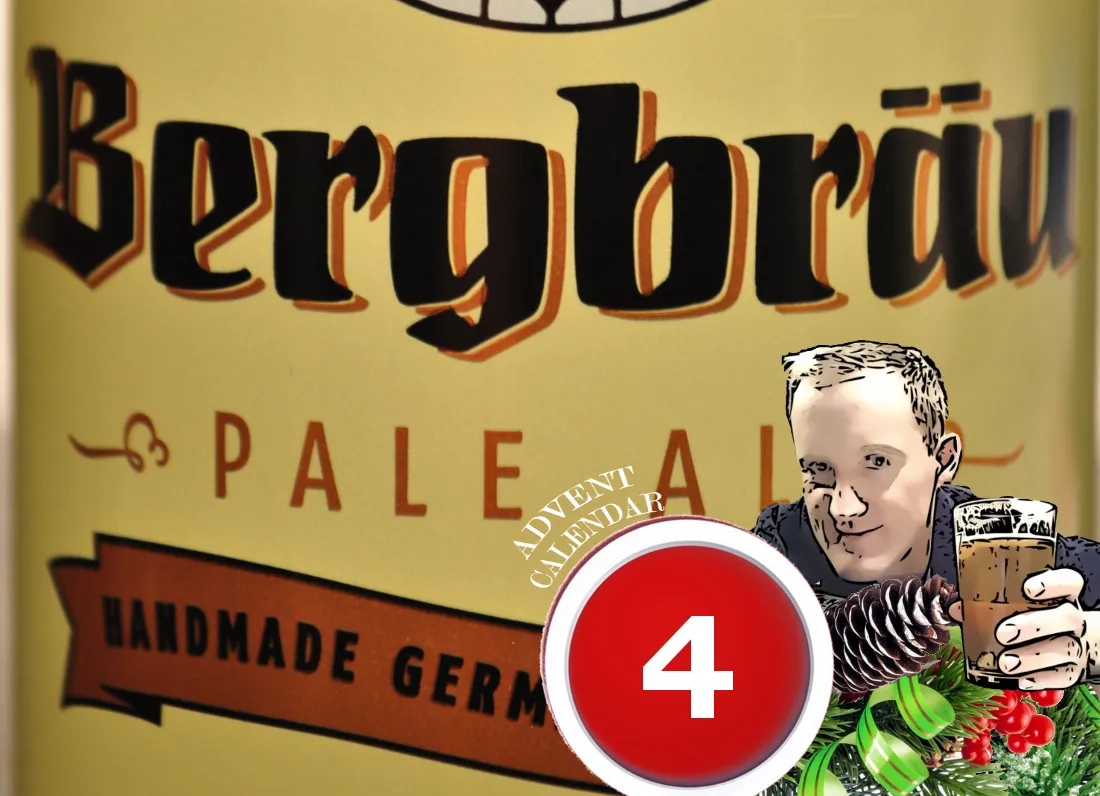
Things get back on track today with an interesting entry for today’s advent. First impressions can be fun, and when it comes to contrasting with gold you’ve found a way to get my attention.
Bergbräu Pale Ale
Before I talk about the beer itself, I’m not done with the first impression. The gold on the can reminded me of English Premiere League soccer club Newcastle United.
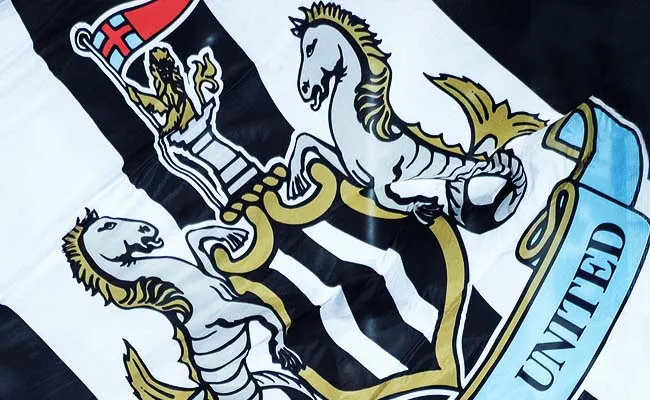
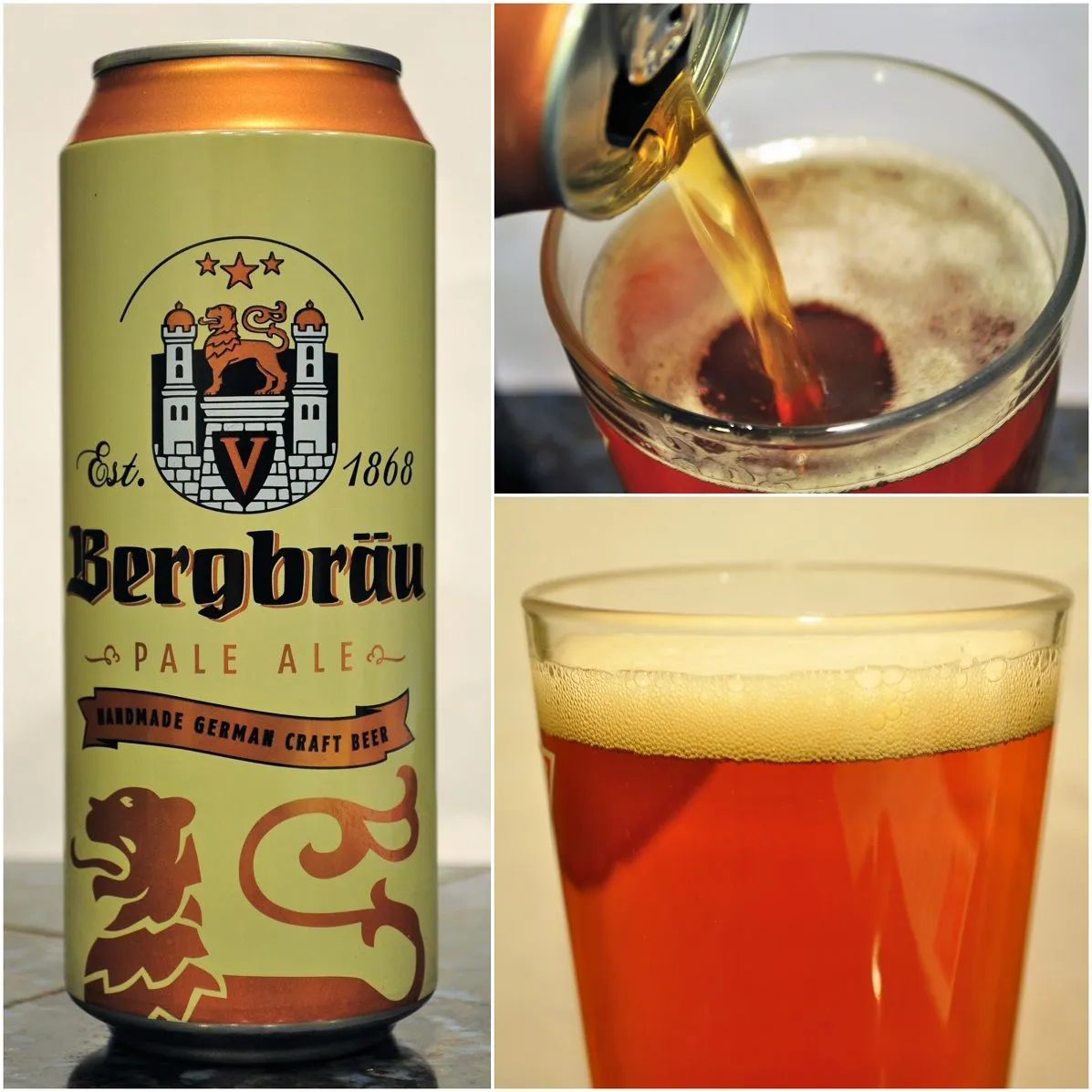
Now, enough sidebar, what’s in the can you ask? Yeah, you read that name right: this is a German pale ale. I guess a brewer at Bergbräuerei fell in love with Cascadia hops and wanted to make an American pale ale.
Poured into the glass, the beer matches the gold on the can. The color of this one really is beautiful. It’s not a light straw color, this is straight up liquid gold! Steady, singular columns of carbonation bubbles take place, and a mild head dissipates quickly.
The hops are restrained, but let their presence be known. Usually a main feature in pale ales, this German brewer didn’t get carried away, because you can hardly make out the hoppy flavors. What does come through is nice caramel, grainy malt flavors that hold true to the pale ale style, and a whisper of honey. I may have also picked up a hint of garlic.
This is an improvement from yesterday’s beer. I wouldn’t avoid it, but it’s not something I'll go looking for again, especially with better pale ales available brewed much closer to home. There’s a mild metallic flavor in the oxidative finish, which could be what brings this one down a bit for me. Also, there's a lack of hops, which are expected in a pale ale to balance the malt.
Uslar, Germany
I was happy to find some brewery information after yesterday’s flop. Sollinger Bergbräuerei is located in Lower Saxony and was founded in 1868. This area of Germany was known for its natural resources of wood, sand, water, and a furniture industry booming in the mid-1900s.
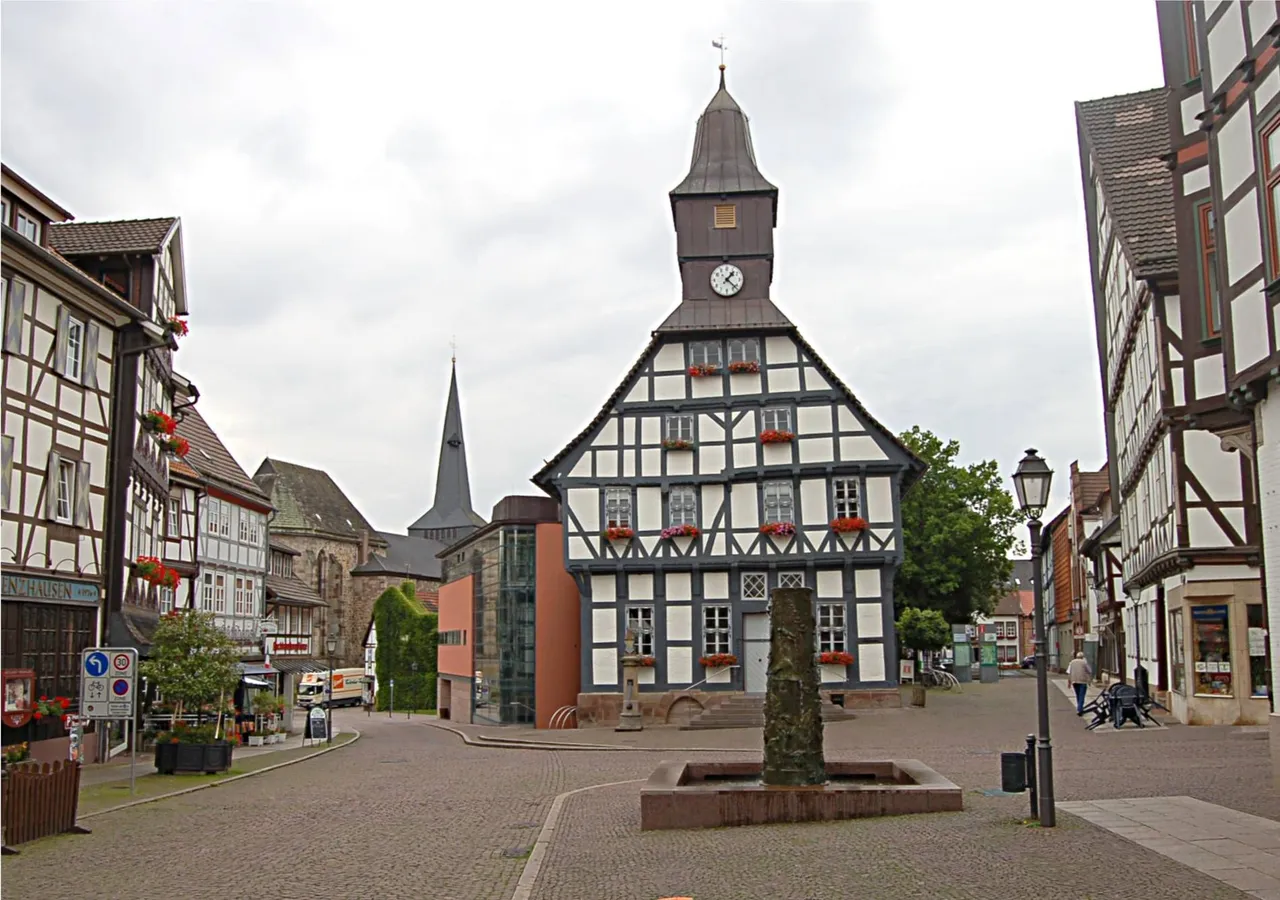
Founded in 1868, the brewery relocated to its current site in 1887. Throughout its existance, the brewery has survived two major wars and recovered from a crisis in the 1960s, bouncing back to being a major German brewery.
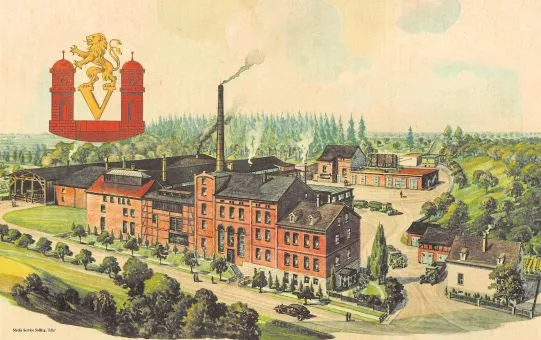
In 1989, the brewery made innovative changes transitioning to modern technology; constructing a new brew house and replacing traditional copper kettles with stainless steel. 1993 also saw further expansions with additional halls built for brewery productions, including a new bottling line.
Beer photographs by me. Pictures of Germany sources: 1 - 2